The Patriot Costs 500 Million Yen a Shot and the F-35 Fighter Plane Costs Over 10 Billion yen — The Self-Defense Forces’ Real Military Power and Price
F-35A fighter jet, approx. 10.5 billion yen per aircraft
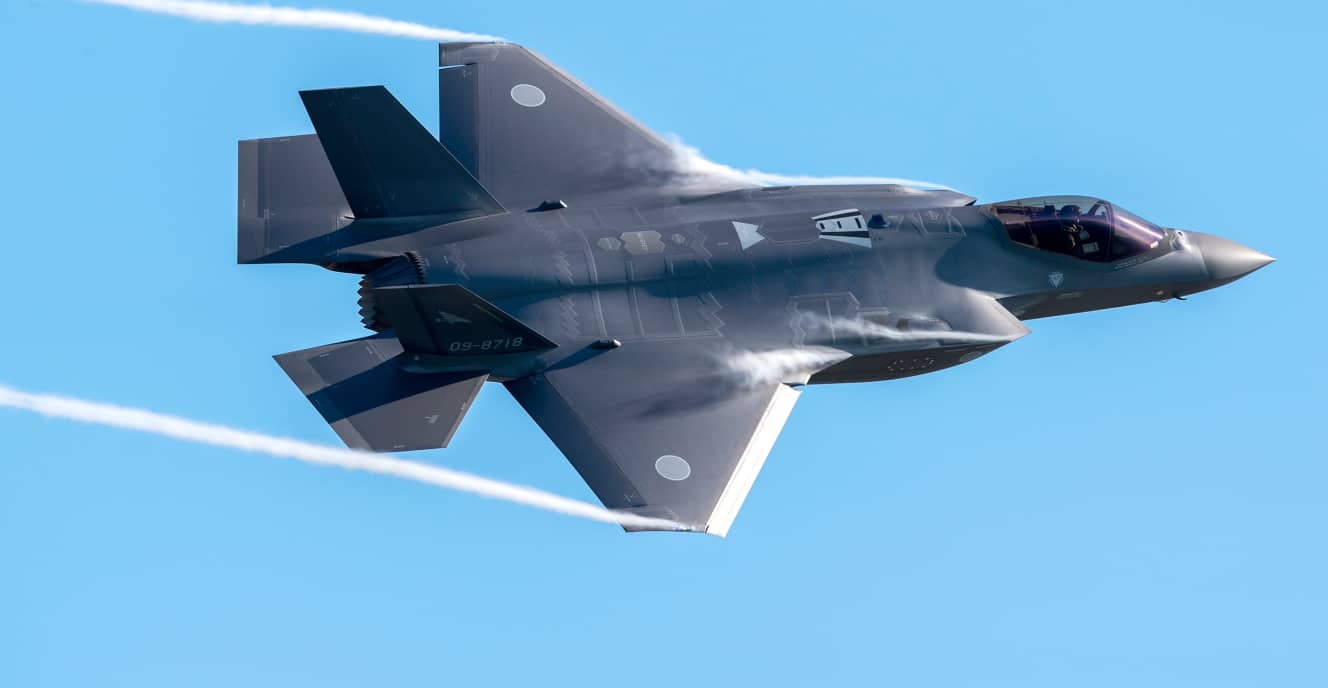
Type 16 Mobile Fighting Vehicle: 720 million yen per vehicle
A domestically produced combat vehicle manufactured by Mitsubishi Heavy Industries. It excels in mobility and transportability, and can be used for quick-response maneuver deployment.
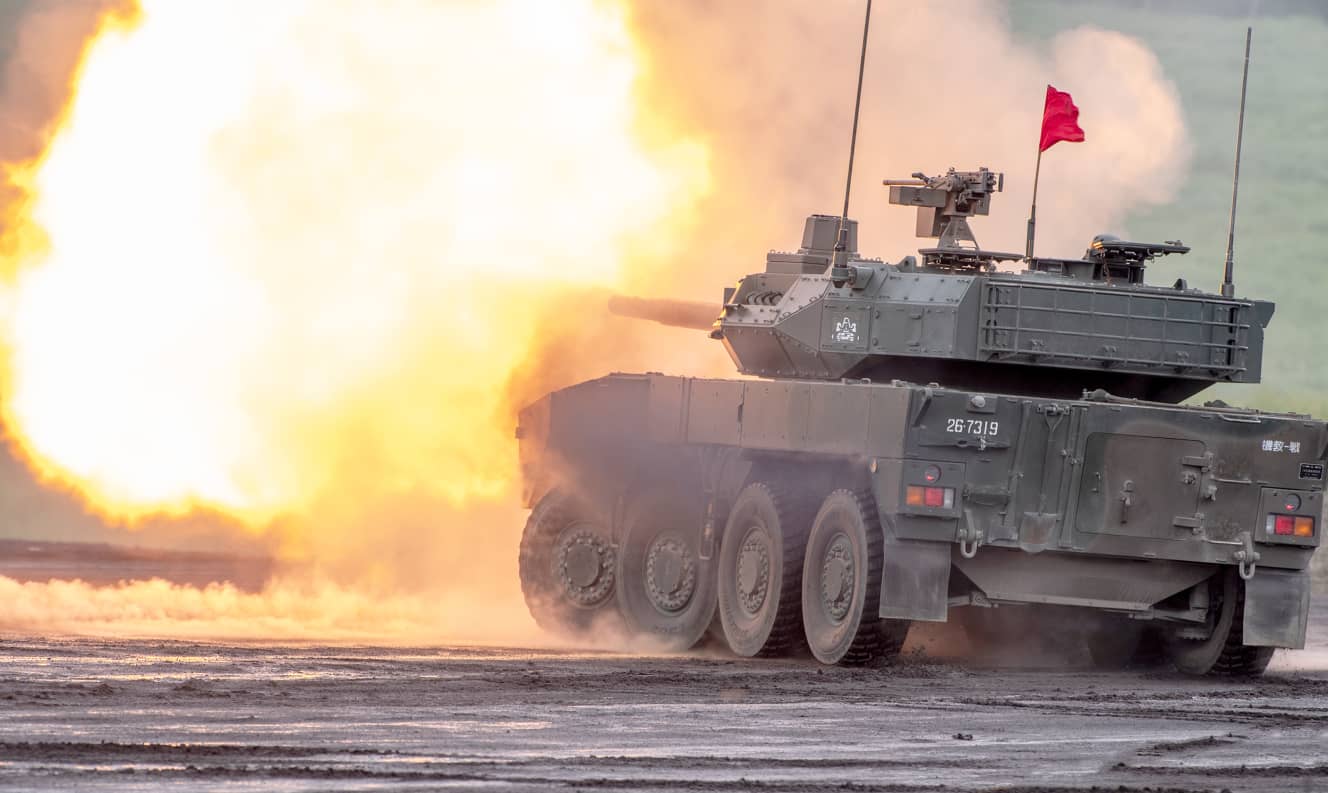
SM-3 interceptor missile: approximately 2 billion yen per missile
The purpose of this missile is to intercept short- to medium-range ballistic missiles. Equipped on Maritime Self-Defense Force destroyers to intercept missiles outside the atmosphere and neutralize attacks.
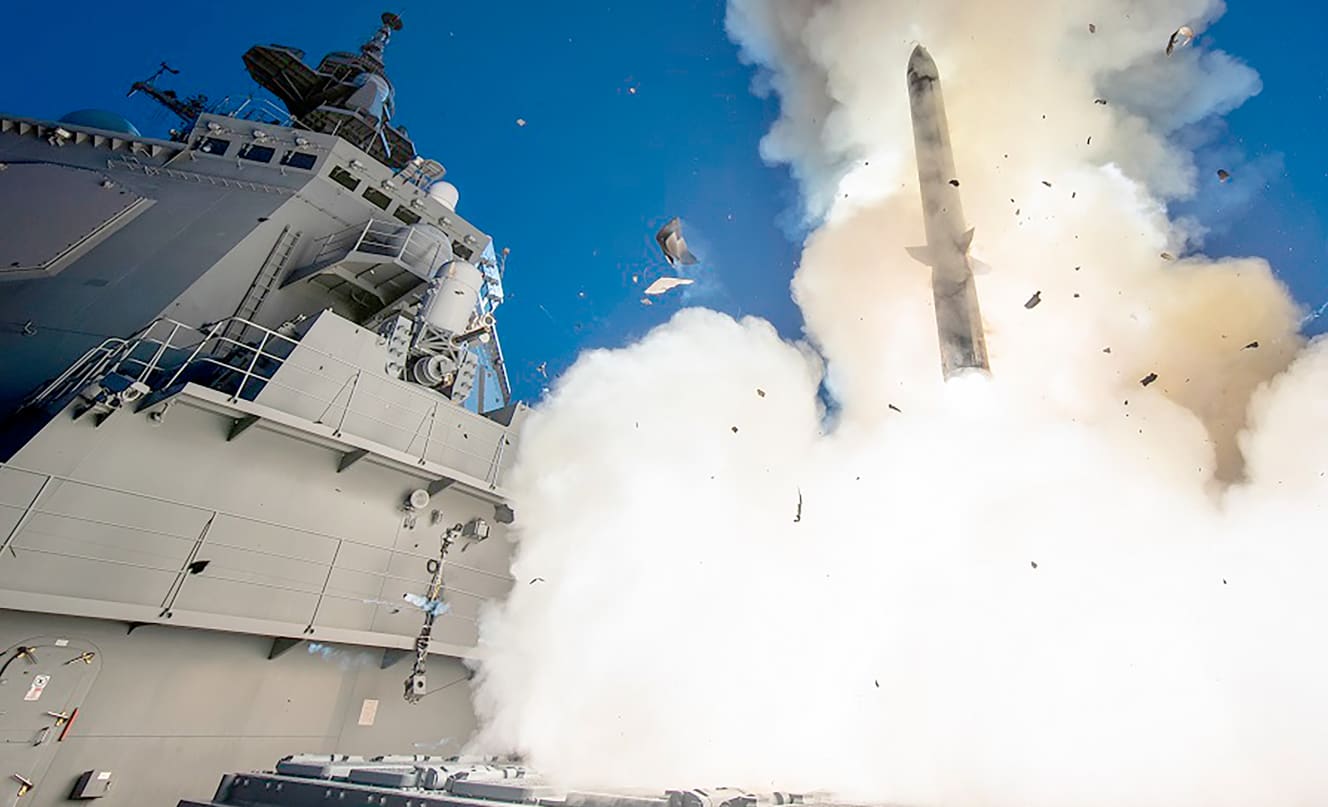
Scramble!
Two F-15Js take off from the snow-covered Chitose Air Base. The destination is an aircraft of unknown nationality (Unknown) approaching from about 440 km off the coast of Okushiri Island. However, there is no doubt that it is a Russian military aircraft from its route.
Soon, it made contact with the target aircraft. It was a Tu-95 bomber of the Russian Air Force that appeared directly in front of the target without changing course. Was this a usual demonstration? The Air Self-Defense Force pilot approaches the Tu-95’s huge body. Suddenly, an alarm sounds in the cockpit. The Su-57, a stealth fighter of the Russian Air Force, came climbing from just above the surface of the sea, flying right beside the F-15 and hiding its fuselage in the sun.
At the same time, the U.S. military informed the Air Defense Command that there were signs of a ballistic missile launch by North Korea. And it came true. J/FPS-7s from Wakkanai Air Base and J/FPS-5s from Ohminato Air Base confirmed that a ballistic missile had been launched from the east coast of North Korea. The Aegis “Haguro,” which was conducting surveillance in the Sea of Japan, also captured the sighting.
Next Generation Missile Defense
From FY2011, the Self-Defense Forces will embark on the biggest reform since its establishment. The details are too numerous to enumerate, but the fact that a total of 43 trillion yen will be spent over the next five years suggests the seriousness of the plan. In addition, the Cabinet approved the “Three Security Documents,” which includes the purchase of 500 Tomahawk cruise missiles. The Tomahawk missiles are skilled at preemptive strikes, and some believe that this defies the “exclusive defense” of Japan. One reason for the government’s readiness to halt the use of Tomahawks is that the “military checks and balances” by other countries, as indicated at the beginning of this paper, have reached a level that cannot be overlooked.
For example, on December 15 of last year, the Chinese Navy deployed several destroyers and other vessels, including the aircraft carrier USS Liaoning, in the waters about 440 km off Fukue Island in Nagasaki Prefecture, then headed southward between Okinawa Island and Miyako Island, heading for the Pacific Ocean. On December 19, two H-6 bombers passed through the Miyako Strait, as if in tandem with the fighter training exercises. The “Taiwan contingency,” which is becoming increasingly tense, is no stranger to Japan.
On December 14, two Tu-95s and two fighter jets approached off the Noto Peninsula in Ishikawa Prefecture and made a U-turn. It is believed that they conducted a bombing drill against the Hokuriku region. And North Korea launched more than 30 ballistic missiles last year. Russia, China, and North Korea, the three nations surrounding the Sea of Japan, are constantly checking on Japan.
It is not a matter of buying lives with money, but the situation is so dire that Japan must rush to strengthen its military capabilities. What exactly is Japan’s latest military buildup?
The most troublesome issue for Japan’s national security is how to deal with ballistic missiles. North Korea’s moves are conspicuous, but China and Russia also have multiple ballistic missiles.
Ballistic missiles fall to the surface of the earth in three stages. The first is the “boost phase,” in which the missile is launched from the launch pad and flies through the atmosphere into space; the second is the “midcourse phase,” in which the missile flies through space; and the third is the “terminal phase,” in which the missile re-enters the atmosphere and falls to its target point.
So far, Japan has taken the stance of intercepting missiles in the “midcourse phase. The eight Aegis ships in Japan’s fleet are responsible for intercepting missiles in the midcourse phase. However, since there are cases where they cannot be deployed at sea due to other missions, Japan had been pursuing the “Aegis Ashore Plan” to monitor them 24 hours a day from the ground, but this plan was abandoned. Instead, it was decided to build more Aegis ships.
However, even with the additional Aegis ships, which cost more than 100 billion yen to build, the interceptor missiles will not be able to hit all 100 missiles. If an opponent launches multiple ballistic missiles, the probability of interception is considerably reduced. The last resort to intercept a missed ballistic missile at the “terminal stage” is the PAC-3, an air defense missile. The deployment of the latest model, the PAC-3MSE, is currently underway.
Until now, ballistic missile defense has had to take a backseat, but the introduction of Tomahawk missiles with enemy base attack capability will enable Japan to deal with them in the “boost phase” – to make the first move. Since Japan does not possess any long-range missiles, the Kishida administration decided to purchase the Tomahawk as an “immediate response force. The budget for the 500 Tomahawks that Japan has decided to purchase is 211.3 billion yen. In addition, 110.4 billion yen will be allocated for modifying the Tomahawk to be launched from Aegis vessels. Future plans also call for launching the Tomahawk from submarines.
There are also plans for domestically produced standoff missiles. One such missile is the “high-speed glide missile for island defense” (with a range of approximately 1,500 km), which was modified from the “Type 12 surface-to-ship guided missile. Its research and development cost is approximately 33.8 billion yen. The ground-launched version will be mass-produced at a cost of 93.9 billion yen for early deployment to troops.”
The “high-speed glide bombs for island defense (improved capability type)” are being researched and developed from scratch. Other R&D costs for extending the range are approximately 200.3 billion yen. The company also expects to spend about 58.5 billion yen for research on “hypersonic guided missiles,” which fly at speeds that make them difficult to intercept and reliably target enemy bases. Preparing “in-house” missiles requires a lot of research cost and time. It is much cheaper to buy “off-the-shelf” missiles, and discounts are possible if they are purchased in bulk.
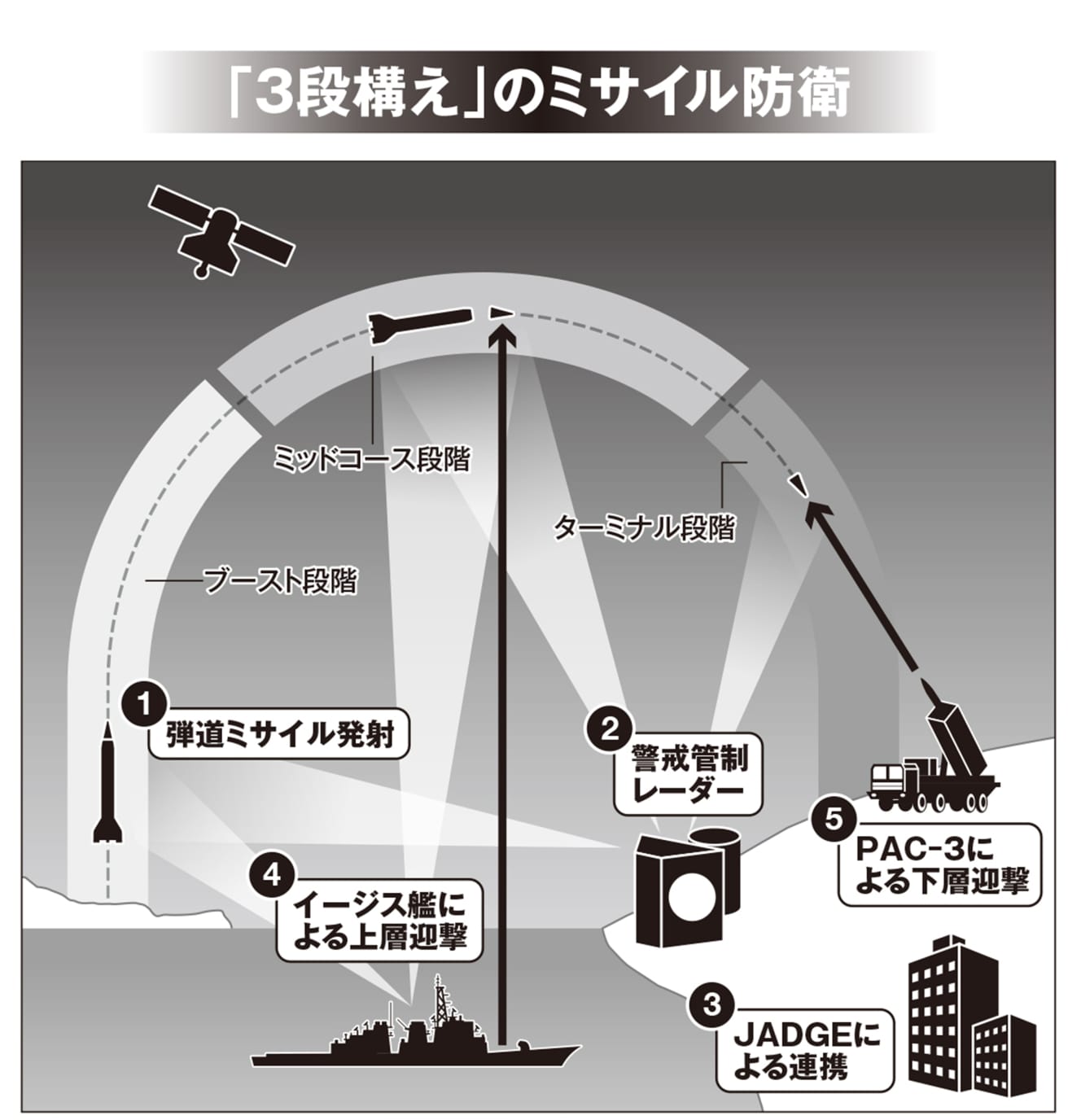
The destroyer Izumo cost about 113.9 billion yen.
The destroyer is being upgraded to an aircraft carrier capable of landing and taking off F-35B fighter jets, and together with the Kaga, 5.2 billion yen will be included in the FY2011 defense budget.
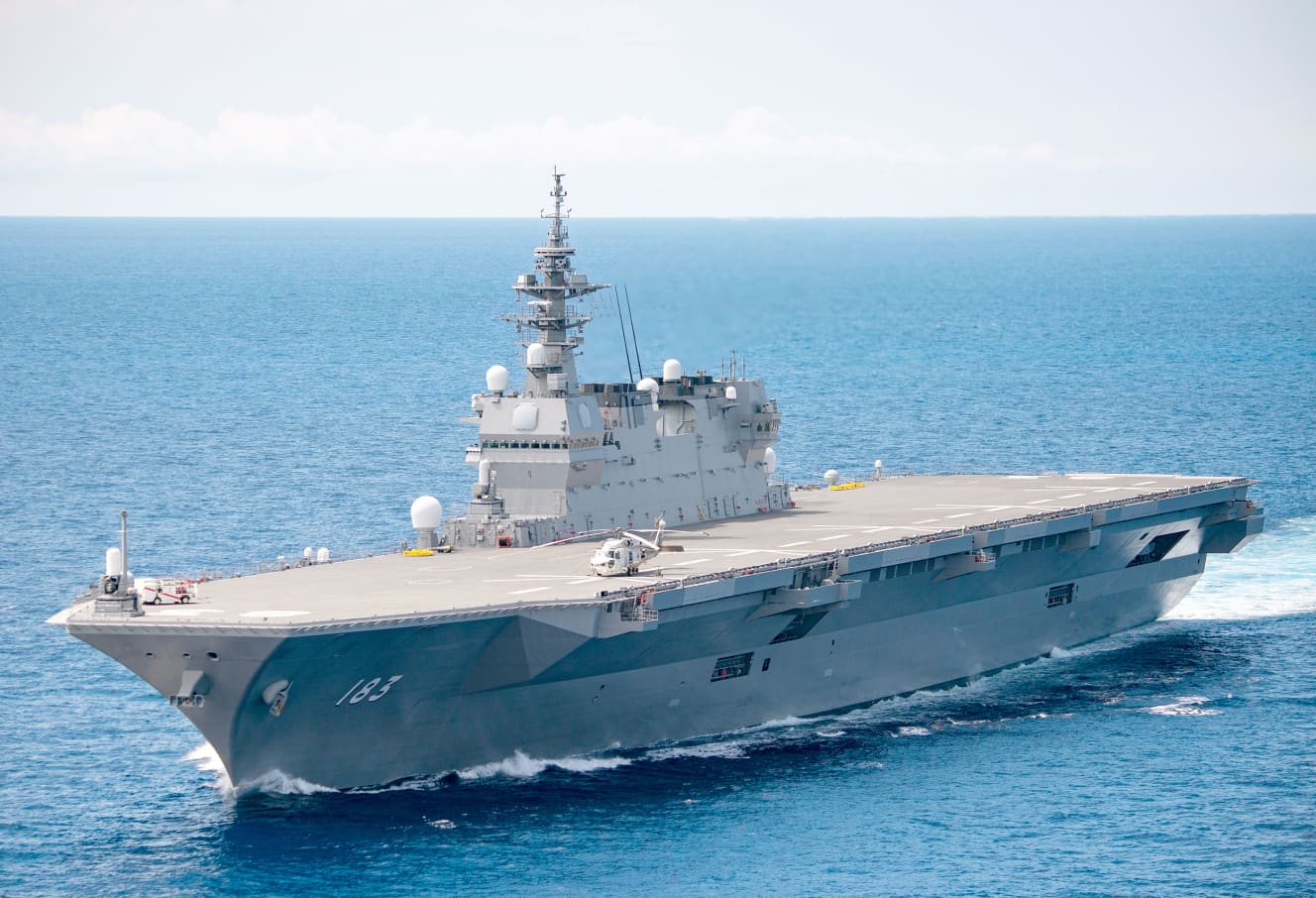
One J/FPS-5 (Gamera radar): 18 billion yen
Four radar sites installed nationwide. Operation started in 2008. Currently, the next generation J/FPS-7 has already been installed.
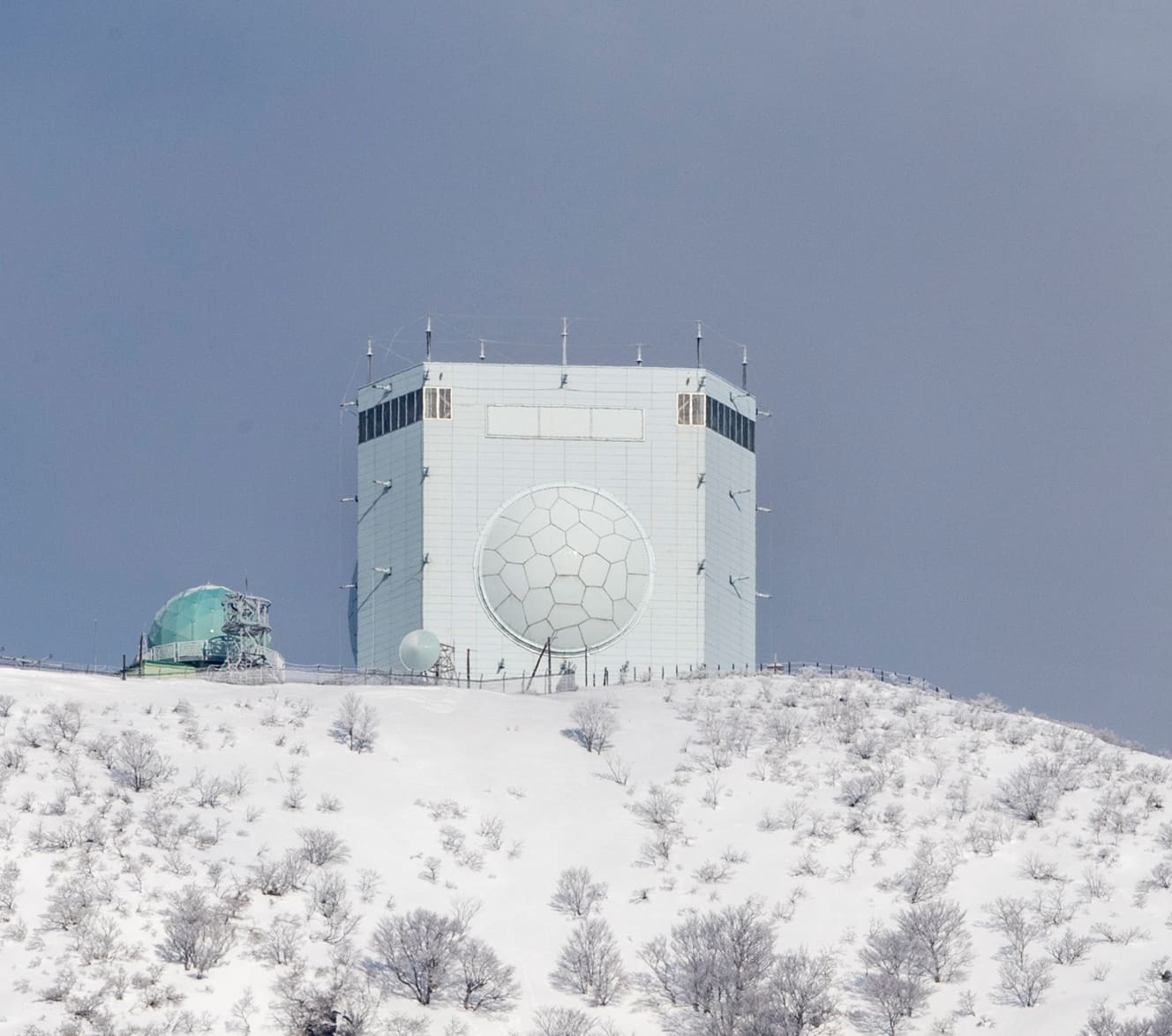
An elite force to protect the islands
Tomahawk is being considered for installation on Yonaguni Island and Amami Oshima Island, with new units being created. This is because the defense of Japan’s southwestern islands has become an urgent issue.
As mentioned above, the Chinese navy is cruising the area as if it owned the area. This is because China is eyeing control of the entire Pacific Ocean after its occupation of Taiwan. The entrance and exit point for the Chinese navy in the Pacific Ocean is the Miyako Strait between Okinawa Island and Miyako Island. As a bridgehead (base of advance) in the strait, China intends to seize the islands of the Nansei archipelago, including Ishigaki Island.
Since it is not possible to station a large number of defensive troops on the myriad islands, the Ground SDF has decided to dramatically increase the mobility of some of its 15 separate units deployed on the Japanese archipelago. The details are as follows.
First, the 15th Brigade, which defends and guards Okinawa, will be expanded and reorganized, augmented with nearly 2,000 personnel and standoff missiles. Then, the 1st Airborne Brigade and the Amphibious Task Force, the only paratroopers in the JGSDF and a select group of elite troops, will be sent to islands where an invasion by the enemy is expected. The Amphibious Task Force, headquartered mainly at Ainoura Garrison in Sasebo, has the critical mission of rushing to the island before the enemy lands and establishing a defensive posture.
If an island falls into enemy hands, units from Kyushu and southward are dispatched to retake it. These are the “motorized divisions” and “motorized brigades,” and the core of these units is the “Quick Reaction Task Force Regiment,” which is under the command of a subordinate unit. The mainstay of these units is the “Type 16 Mobile Fighting Vehicle. It has the same striking power as a tank, but with tires for its undercarriage to enhance its self-propulsion capability, and it can be transported by a C-2 transport aircraft. In addition, the destroyer “Izumo” will be upgraded to an aircraft carrier by around ’26, and the stealth fighter “F-35B” capable of short takeoff and vertical landing will be deployed. The basic strategy for island defense is to concentrate highly mobile resources, including the deployment of surface-to-ship missiles and submarines.
The Kishida administration’s rush to reform at a cost of 43 trillion yen over five years can be seen as a payback for putting off the review of the military. However, it is clear that the threat of a military attack on Japan is imminent.
Armed Forces to Protect the Islands in a Looming Crisis
One Taigei-type submarine costs about 80 billion yen.
Launched in March 2010. Powered by lithium-ion storage batteries, the submarine is capable of long-duration submarine operations. It will be interesting to see if Tomahawk will be equipped.

Tomahawk missiles: approx. 300 million yen per missile
With a range of 1,200-3,000 km, capable of striking major Chinese bases. Considering deployment of submarines capable of vertical launch.

PAC-3 (Patriot missile): approximately 500 million yen per missile
This system intercepts missiles just before they hit the ground. 34 units are deployed in Japan, and each launcher can load up to 16 missiles.

Japan Ground Self-Defense Force Amphibious Task Force
Headquartered at Aiura Garrison, the JGSDF Amphibious Task Force is a “Japanese version of the Marine Corps” with approximately 2,400 personnel. They are the first to rush to islands and create a starting point for defense and territorial recapture.

*Prices are calculated based on the exchange rate as of December 24, 2022.
From the January 20 and 27, 2023 issues of FRIDAY
Photos and text by Masayuki Kikuchi, military photojournalist: Masayuki Kikuchi, military photojournalist Photographs: Raytheon (Tomahawk missile)
